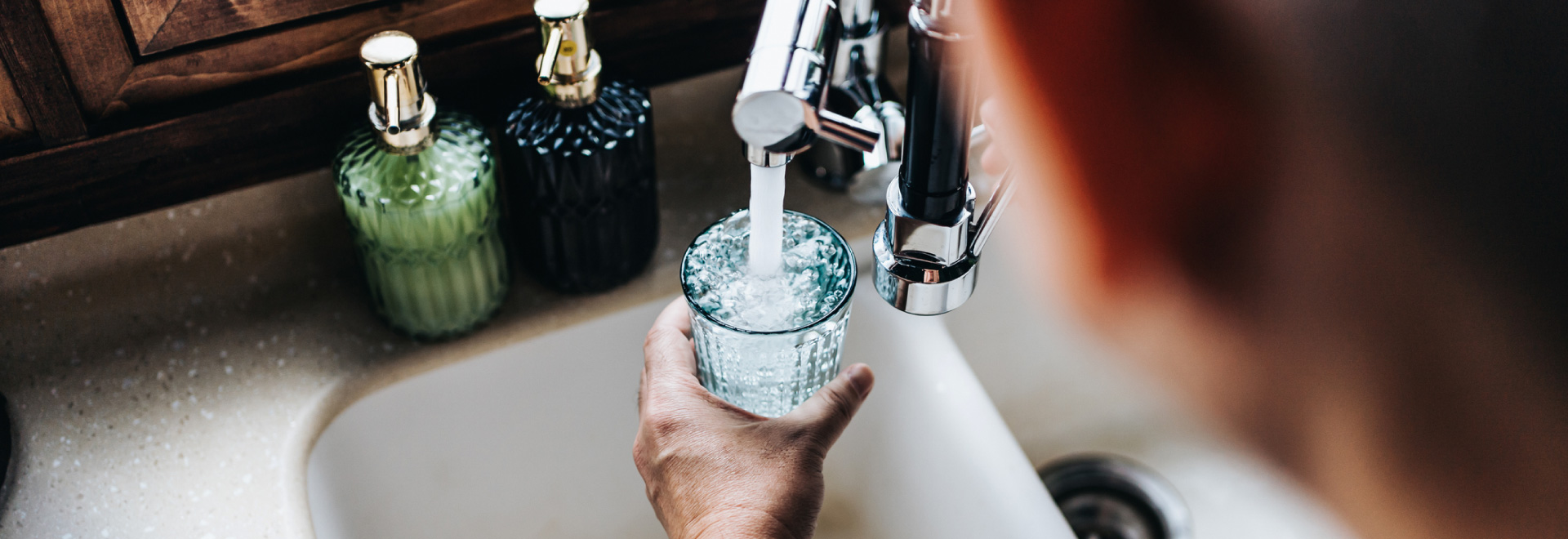While we often hear about Legionnaires’ disease in the news, many may be unsure of its severity or its connection to veterans. Let's explore the origins, transmission, and prevention of Legionnaires’ disease.
What is Legionnaires' Disease?
Legionnaires' disease is a type of bacterial pneumonia caused by the Legionellae. Symptoms include fever, headache, muscle aches, cough, difficulty breathing, and shortness of breath. In severe cases, it can lead to neurological symptoms (such as confusion) and respiratory failure, or even death. The incubation period for this disease can range from two to ten days.
How did Legionnaires' Disease get its name?
Following the 1976 American Legion Convention at a hotel in Philadelphia, USA, over 200 people contracted an unexplained pneumonia, and 34 of them died, arousing significant concerns. Investigations revealed that the causative agent was Legionella pneumophila. Since most of the infected individuals were veterans of the American Legion, the bacterium was named Legionellae and the disease it caused was called Legionnaires’ disease.
Modes of Transmission
One key feature of Legionellae is its ability to survive in various environments, especially warm water. They can be found in water tanks, hot and cold water systems, cooling towers, whirlpools, fountains, and humidifiers. People become infected by inhaling contaminated airborne droplets or mist. Under general circumstances, Legionnaires’ disease is not transmitted from person to person through contact or food.
Prevention
There is currently no vaccine to prevent Legionnaires’ disease, and anyone is susceptible to it. It is recommended to take proactive steps to minimize the risk of infection as follows:
- Use properly designed and maintained water systems.
- Inspect, clean, descale, and disinfect strainers in water taps and showerheads on a regular basis or on a frequency recommended by the manufacturer.
- When using water filters, ensure they have a pore size of 0.2 micrometers, and replace them periodically.
- When using and maintaining home respiratory medical devices, follow your doctor’s advice and only use sterile water (not distilled water or tap water) to clean and fill the container.
- Maintain a balanced diet, get enough rest, refrain from smoking, and avoid alcohol to boost your immune system.
Treatment
Legionnaires’ disease is typically treated with macrolide or fluoroquinolone antibiotics. The usual course of treatment is about 7 to 10 days. Longer treatment may be required for patients with more severe symptoms. Early detection is essential to successful treatment.
While Legionnaires’ disease is relatively uncommon, its complications can be serious. If you feel unwell or experience any symptoms, seek medical attention immediately. Our Cigna VHIS Series – Flexi Plan (Superior) not only offers tax deductions of up to HK$8,000, but also provides a variety of plan levels to choose from. This includes coverage for hospitalisation and psychiatric treatment for individuals with mental health conditions. Whether it is the cost, coverage scope, or value-added services, this plan is designed to meet the needs of the budget-conscious, helping you maximise your savings. Click here to learn more.

